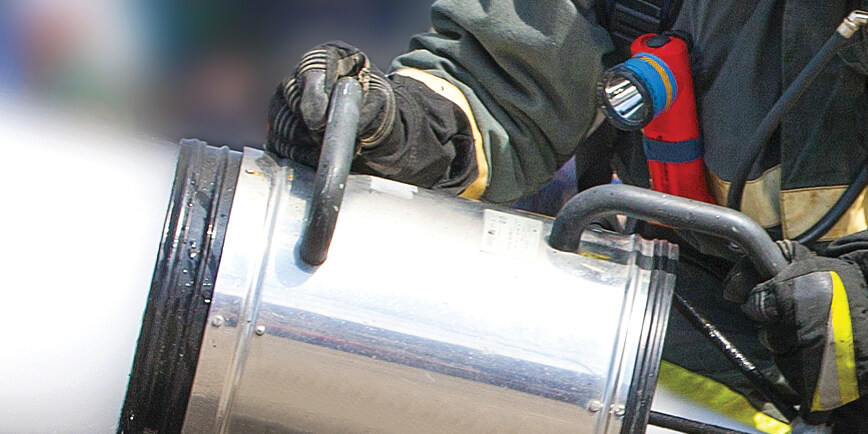
By Shun-Hsin Liang and Mike Chang
Abstract
A simple direct injection LC-MS/MS method was developed and evaluated for the simultaneous analysis of ultrashort-chain, alternative, and legacy per- and polyfluoroalkyl substances (PFAS) in various water samples. This method is recommended for labs wanting to use a single procedure to analyze compounds from all three PFAS categories in potable and non-potable waters.
Introduction
LC-MS/MS methods for the analysis of legacy short-chain (C4, C5) and long-chain (>C5) per- and polyfluoroalkyl substances (PFAS) based on reversed-phase (RP) chromatography are well established. With proper modification, these methods often can also be used for LC-MS/MS analysis of alternative PFAS, such as HFPO-DA (GenX) and ADONA, which are perfluoroalkyl ether carboxylic acids used as PFOA substitutes. Similarly, F-53B is a PFOS alternative produced in China that contains two polyfluoroalkyl ether sulfonate components, 9Cl-PF3ONS and 11Cl-PF3OUdS, which are included as analytes in the updated EPA 537.1 method. However, current LC methods may not be suitable for the analysis of newly trending ultrashort-chain (C2, C3) PFAS, mainly due to their insufficient retention on typical RP columns.
While the use of short-chain PFAS (PFBA and PFBS) is intentional, numerous studies have shown the ubiquitous occurrence of C2 and C3 PFAS in aqueous environmental samples [1,2]. These include trifluoroacetic acid (TFA), perfluoropropanoic acid (PFPrA), perfluoroethane sulfonate (PFEtS), and perfluoropropane sulfonate (PFPrS). It was shown that PFPrA is the predominant PFAS (up to 45% of total detectable PFAS) in rain and snow samples collected from the U.S., France, and Japan [3]. To date, there is no definitive identification of contamination sources and levels for these ultrashort-chain PFAS, but a recent study detected PFEtS and PFPrS in aqueous film-forming foams (AFFFs) and groundwaters from 11 military bases in the U.S. (often used for fire department training exercises) [4], indicating AFFF firefighting foam may be a source of ultrashort-chain PFAS.
Currently, methods that allow the desired combined analysis of ultrashort-chain PFAS with alternative and legacy PFAS are very rare. To fill this gap, we developed a procedure for the simultaneous quantification of a wide range of chain lengths and structures including C3, C4, C8, and alternative PFAS in a variety of water samples.





